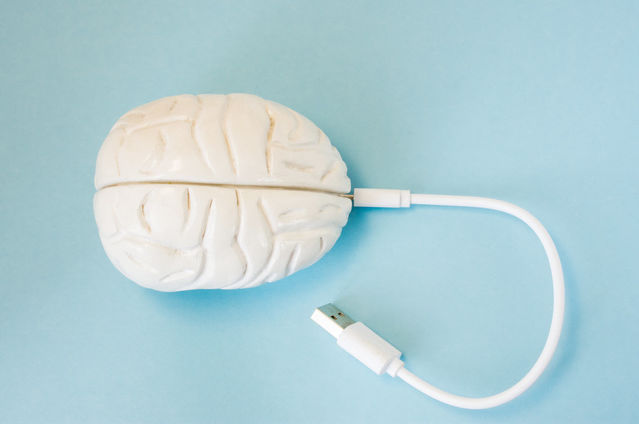
Recent advancement in artificial intelligence, namely in deep learning, has borrowed concepts from the human brain. The architecture of most deep learning models is based on layers of processing– an artificial neural network that is inspired by the neurons of the biological brain. Yet neuroscientists do not agree on exactly what intelligence is, and how it is formed in the human brain — it’s a phenomena that remains unexplained. Technologist, scientist, and co-founder of Numenta, Jeff Hawkins, presented an innovative framework for understanding how the human neocortex operates, called “The Thousand Brains Theory of Intelligence,” at the Human Brain Project Summit in Maaastricht, the Netherlands, in October 2018.
The neocortex is the part of the human brain that is involved in higher-order functions such as conscious thought, spatial reasoning, language, generation of motor commands, and sensory perception. The researchers at Numenta posit that every part of the human neocortex learns complete models of objects and concepts. The team hypothesizes that grid cell-like neurons exist in every column of the human neocortex. The research team also proposes a new type of neuron called the displacement cell, which acts as a complement to grid cells, and is also located throughout the neocortex. Grid cells are place-modulated neurons that enable an understanding of position. The researchers believe that every cortical column learns models of complete objects by combining input with a grid cell-derived location, then integrating over movements.
To illustrate this concept, the researchers use a coffee cup as an example. When we see and touch a coffee cup, many columns in the visual and somatosensory hierarchies simultaneously observe different parts of the cup. Every column in every region learns complete models of the cup based on the sensory input (in this example, vision and touch), with an object-centric location of that input, and then integrating over movements of the sensor. The models of the cup are not identical because each model of the cup is learned from a different subset of sensory arrays. As distinct from the commonly held view, where sensory input is processed in a hierarchy of cortical regions, this theory states that the connections are not hierarchical in nature. Instead, the non-hierarchical connections may connect between brain hemispheres, and across modalities, and hierarchical levels. Due to the non-hierarchical connections, inference may occur with movement of the sensors.
According to the researchers, the neocortex has hundreds, if not thousands, of models of each object in the world, and the integration of the observed features occurs in every column, at all levels of the hierarchy, not just at the top of the hierarchy — hence the name, “The Thousand Brains Theory of Intelligence.” The framework redefines how the human neocortex functions. According to the researchers, the neocortex contains thousands of models functioning not only in hierarchy, but also in parallel. It’s an innovative theory that challenges conventional views, and may impact both artificial intelligence and neuroscience in the future.
























